Pull-up bars are a versatile and highly effective fitness tool for building upper body strength. However, one significant challenge that often arises is the issue of slipperiness. Slippery pull-up bars not only compromise safety but also hinder performance and progress. In this article, we will delve into the causes of slipperiness and explore effective measures to overcome this obstacle, ensuring a safe and productive workout experience. Understanding the causes of slipperiness: 1. Moisture accumulation: Over time, pull-up bars can accumulate moisture from sweat or environmental factors. This moist surface poses a significant risk of slippage and can compromise your grip during exercises.
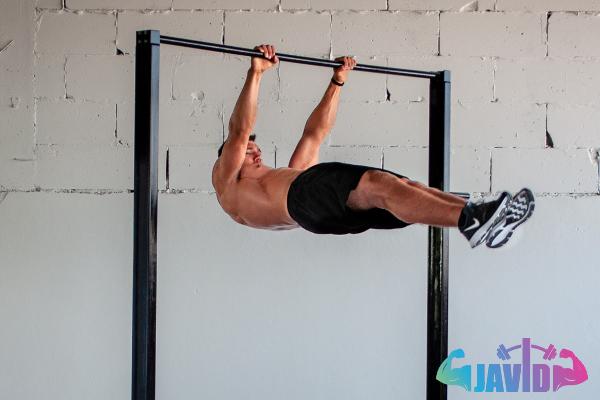
.
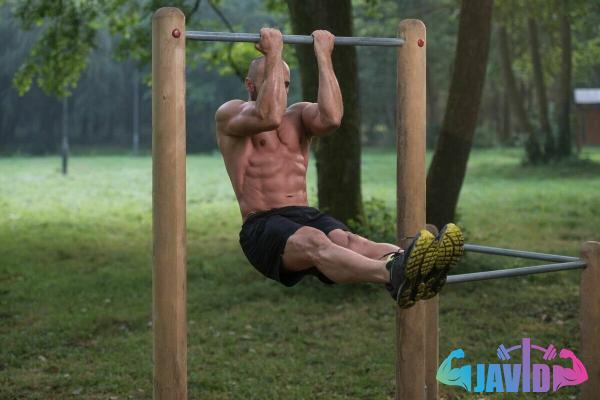 2. Lack of proper surface texture: Some pull-up bars come with a smooth or polished surface, which, while aesthetically pleasing, can make it difficult to maintain a firm grip. This lack of texture contributes to slipperiness. Effective measures to prevent slipperiness: 1. Regular cleaning and maintenance: Regularly cleaning your pull-up bar is essential to prevent moisture accumulation and maintain optimal performance. Wipe the surface thoroughly before and after every use. Additionally, make sure to clean the surrounding area to minimize the chances of debris accumulating on the bar.
2. Lack of proper surface texture: Some pull-up bars come with a smooth or polished surface, which, while aesthetically pleasing, can make it difficult to maintain a firm grip. This lack of texture contributes to slipperiness. Effective measures to prevent slipperiness: 1. Regular cleaning and maintenance: Regularly cleaning your pull-up bar is essential to prevent moisture accumulation and maintain optimal performance. Wipe the surface thoroughly before and after every use. Additionally, make sure to clean the surrounding area to minimize the chances of debris accumulating on the bar.
..
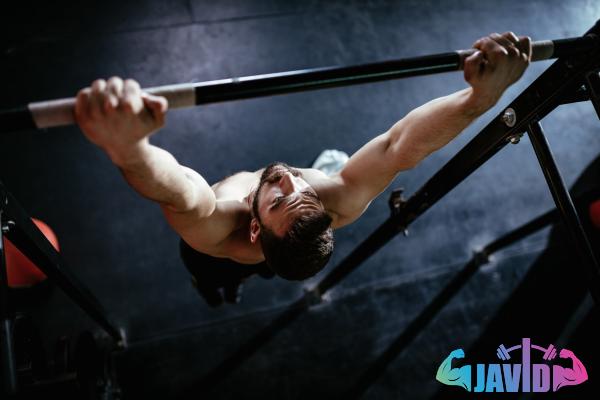 2. Applying chalk or grip-enhancing products: Chalk is commonly used in gymnastics for its ability to improve grip. If you find yourself struggling to maintain a firm grip, applying chalk on your hands or directly on the bar can greatly enhance traction. Similarly, grip-enhancing products, such as specially designed spray-on grip aids or grip-enhancing gloves, can provide additional support and prevent slipperiness. 3. Enhancing surface texture: Improving the texture of the pull-up bar surface can significantly reduce slipperiness. This can be achieved by wrapping the bar with grip-enhancing materials, such as athletic tape or rubber grips. These additions not only provide better traction but also offer extra padding for added comfort during exercises.
2. Applying chalk or grip-enhancing products: Chalk is commonly used in gymnastics for its ability to improve grip. If you find yourself struggling to maintain a firm grip, applying chalk on your hands or directly on the bar can greatly enhance traction. Similarly, grip-enhancing products, such as specially designed spray-on grip aids or grip-enhancing gloves, can provide additional support and prevent slipperiness. 3. Enhancing surface texture: Improving the texture of the pull-up bar surface can significantly reduce slipperiness. This can be achieved by wrapping the bar with grip-enhancing materials, such as athletic tape or rubber grips. These additions not only provide better traction but also offer extra padding for added comfort during exercises.
…
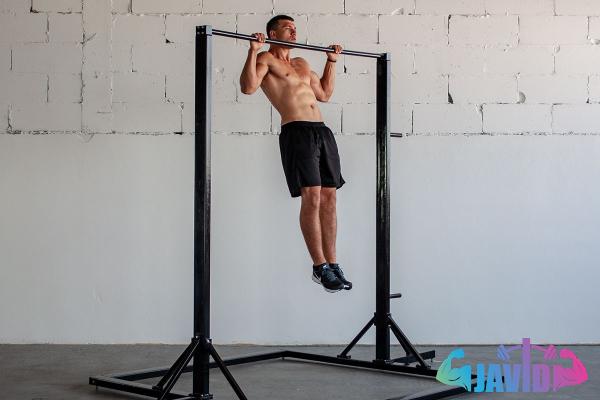 4. Using gloves or hand wraps: If slippery pull-up bars persist as an issue, consider using gloves or hand wraps designed for strength training. These accessories provide added grip and absorb sweat, enhancing your overall grip strength and reducing the risk of accidents caused by slippage. Conclusion: Slippery pull-up bars are a common issue that can hinder your workout progress and pose a safety risk. By understanding the causes of slipperiness and implementing the necessary measures, you can ensure a secure and effective workout session. Remember to prioritize regular cleaning, consider utilizing grip-enhancing products, enhance the bar’s surface texture, and explore the use of gloves or hand wraps. By doing so, you can enjoy a safe and productive pull-up bar workout, without compromise.
4. Using gloves or hand wraps: If slippery pull-up bars persist as an issue, consider using gloves or hand wraps designed for strength training. These accessories provide added grip and absorb sweat, enhancing your overall grip strength and reducing the risk of accidents caused by slippage. Conclusion: Slippery pull-up bars are a common issue that can hinder your workout progress and pose a safety risk. By understanding the causes of slipperiness and implementing the necessary measures, you can ensure a secure and effective workout session. Remember to prioritize regular cleaning, consider utilizing grip-enhancing products, enhance the bar’s surface texture, and explore the use of gloves or hand wraps. By doing so, you can enjoy a safe and productive pull-up bar workout, without compromise.

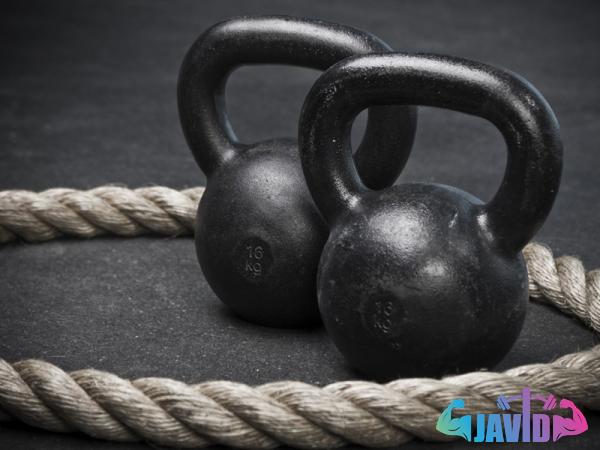
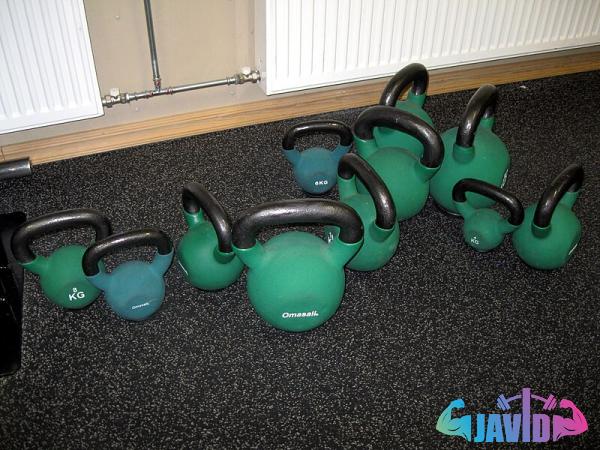

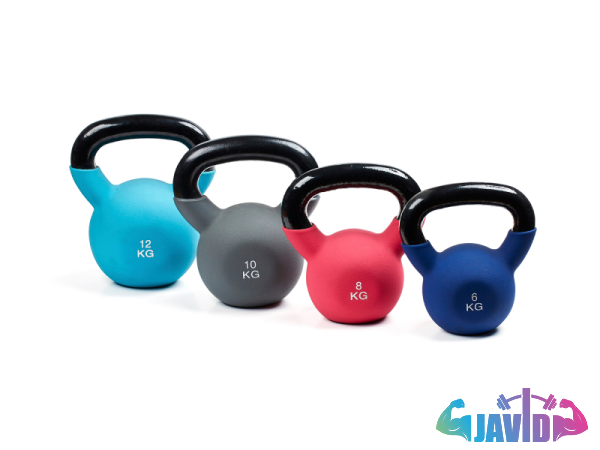

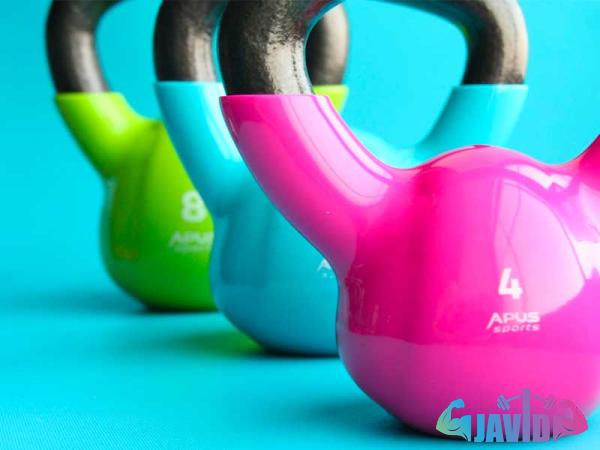
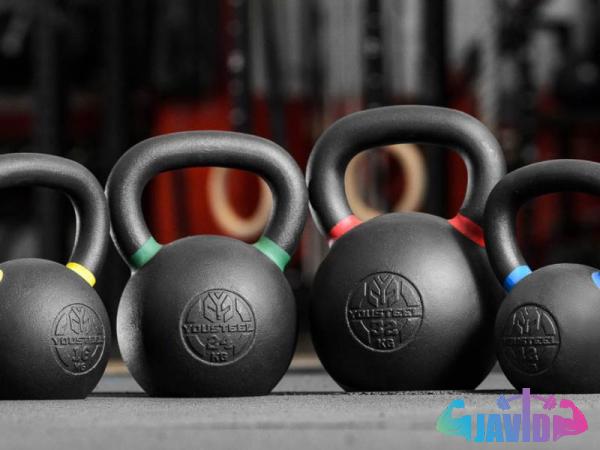
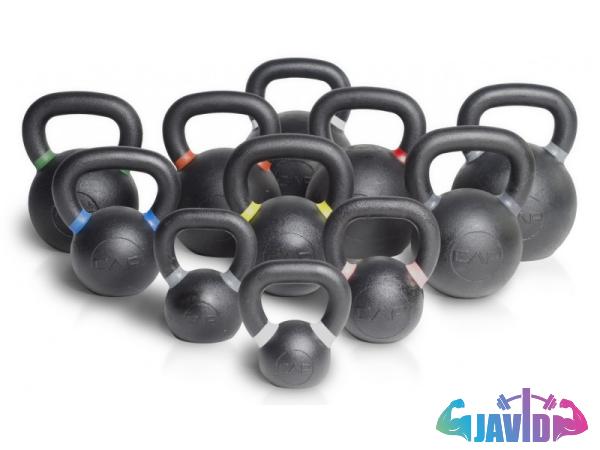

Your comment submitted.